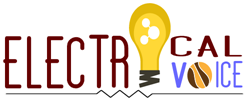Solar Street Light Advantages and Disadvantages
Solar street lights are a form of street lighting that is powered by solar energy. The installation of solar street lights is increasing in popularity because they are cost-effective and environmentally friendly. Solar street lights can be installed on roads, in parking lots, on sidewalks, and near traffic signals to provide additional illumination to the … Read more
